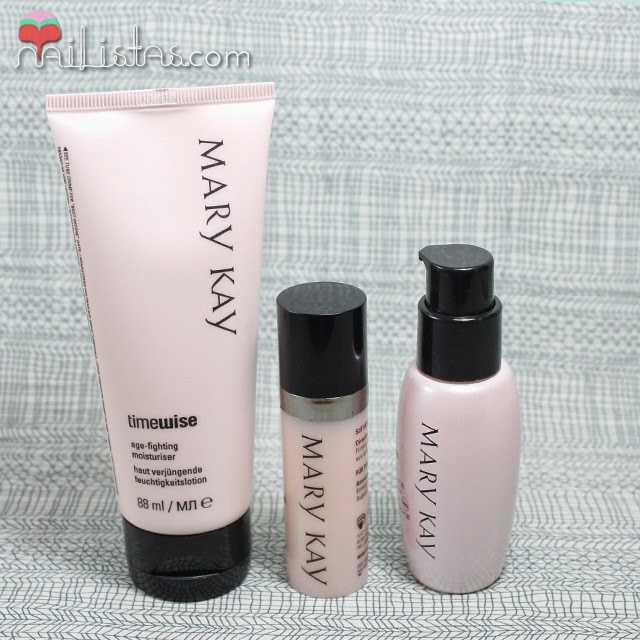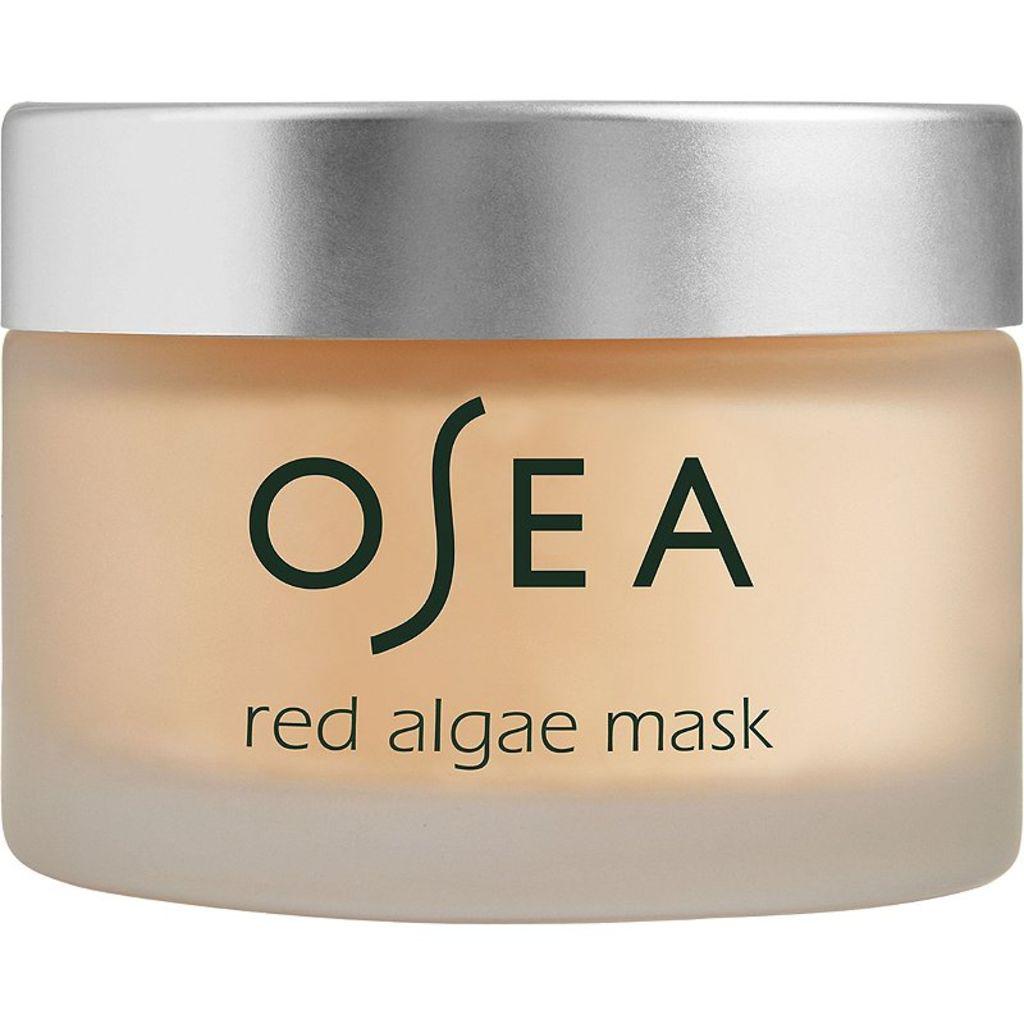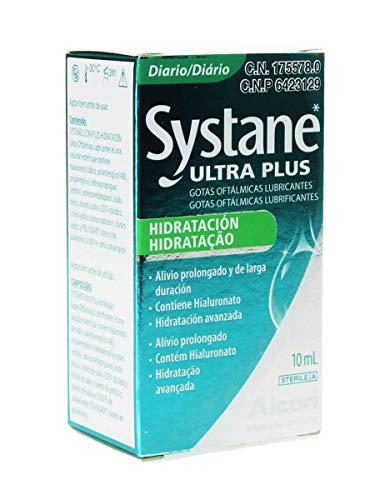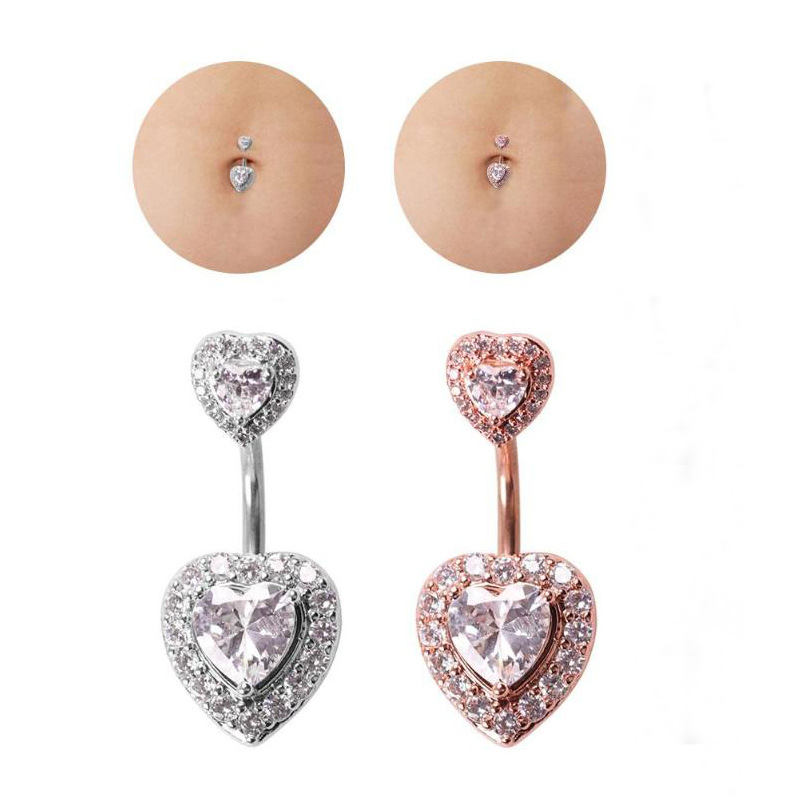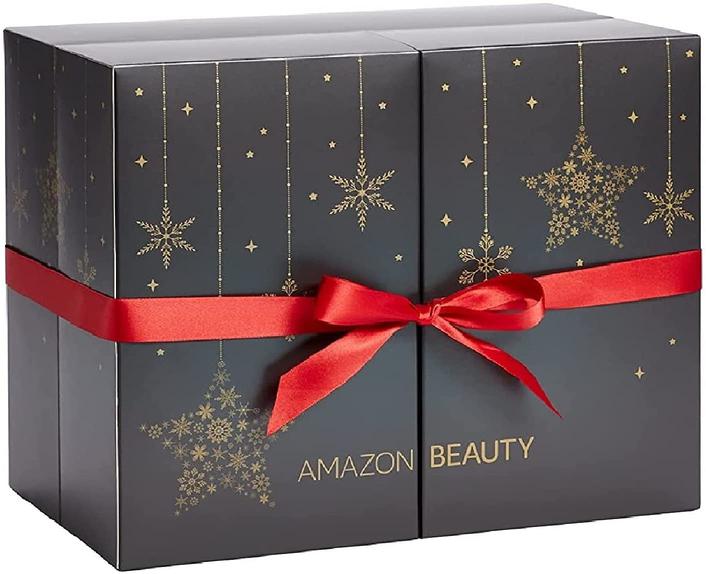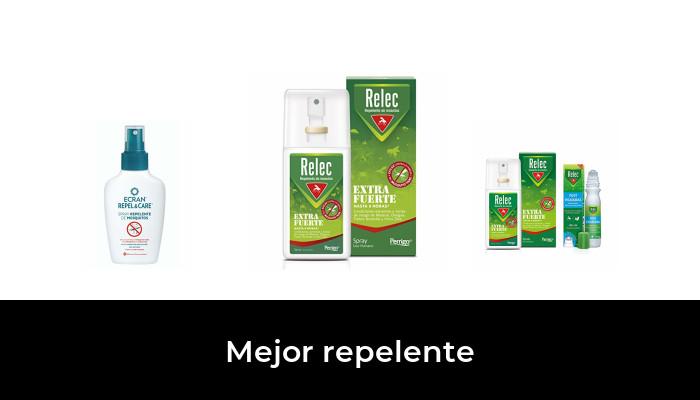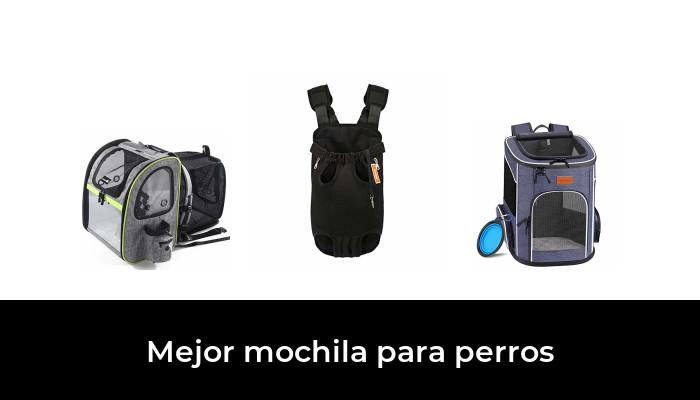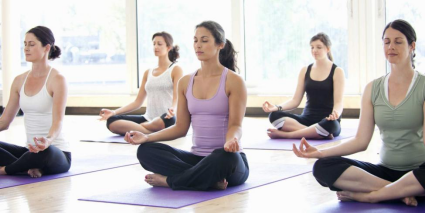Introducing the Korean beauty routine to our lives
Alejandro Kyo Chung was born and raised in Chile, but his parents came from Korea thirty years ago, so the customs of his house have always been those of that country. "In Korea there is a concern about food and its relationship with health and the future. My parents always told me to eat such a thing because it was good for health or for concentration, so that I would do better in studies, such as ginseng". Also, skin care always seemed important to him and to take into consideration, something that differentiated him from his Chilean friends, because facial care is not widespread among men in our country: "I have always used a cleanser and a cream, and sometimes I went to sleep at a Chilean friend's house and I realized that they didn't clean their faces before going to sleep. For me it was like washing my hands before eating. Until I went on an exchange to study in Korea, and there I experienced what a westerner would feel when seeing the importance they gave to skin care: there your skin is the sign of whether you are good or bad, it tells what is happening inside your body. well, if they see a pimple in a certain place on your face, they tell you what part of the body you are having a problem in. It was shocking for me to see that there are face masks for girls of six, seven years old, with children's designs and a size according to your face . Or that in the subway they don't sell sweets, like here, but creams. That means that buying cosmetics there is something essential, something that people want to have at hand, that's why there are street vendors of these products."
https://www.latercera.com/practico/noticia/learn-korean-alphabet-in-hours/776006/
His concern is not illogical - the skin is the largest organ of our body and, therefore, one of the most important -, nor is it recent: it is known thanks to ancient mural paintings that already in the 1st century BC they had a culture of makeup and that it flourished in the 10th century, during the rule of the Goryeo dynasty (919-1392), from which date the elaborate cosmetic containers and bronze mirrors that have been found in Korea. Cosmetics have been so important to them for so long that we can even read the recipes they used to make ointments during the Joseon era in the book Principles and Practice of Oriental Medicine, written by physician Heo Jun (1539-1615). , who, in addition to advising foods and preparations to cure diseases, provides information on cosmetics, from nutritional supplements to prevent skin aging to how to whiten it with rice powder, make a rouge with safflower petals and recipes to make masks and cleansers natural with black and red beans.
Peonies, ginseng, aloe vera, cucumber, medicinal mushrooms, these are all ingredients that Koreans have used for centuries to make their cosmetics, so they have been able to perfect the technique until today, and today their variety can be overwhelming, between cleansers, toners, essences, serums, masks, lotions and sunscreens. Koreans take care of their skin with a strict routine that has become famous as the "ten-step routine." Surprisingly, its main strength is not the number of products, but rather their specificity: unlike what we do in Chile, where we usually buy creams depending on whether our skin is oily or dry and then, from the age of thirty or so, a anti-aging, Koreans develop their personal routine based on knowledge of their skin type: whether it is oily or dry, whether it has rosacea or not, how open their pores are, and so on. Alejandro, who has just founded the Yeppo cosmetics store, located on Patronato Street, together with two friends, says that it is impossible to recommend a product to anyone. "Many people believe that any cream will work for their skin type, but all skin is different. The first thing to do is an evaluation to find out what type of skin you have." For this, at Yeppo.cl you can schedule a free consultation in which a small robot called Lumini, developed by Samsung, will scan your face for less than a second and tell you the age of your skin (which is not necessarily the age of your body). ), your level of rosacea, blemishes, open pores and hydration, among other things, data that you can then take with you on your cell phone and that will be useful to choose the products that you will use every day.
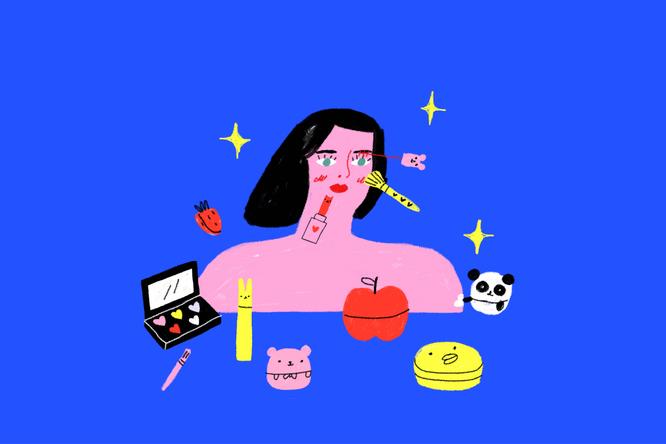
Once you know your skin type, you can start a routine according to your needs and choose, for example, a cream for wrinkles or a toner to tighten pores. "I always advise not to start with a beauty routine from zero to ten, but from zero to four, because starting with a routine that considers ten steps is not only difficult to incorporate into your day, but also very expensive. Four steps is a friendliest way to get in, where zero would be cleanliness and four would be sunscreen.
[caption id="attachment_829010" align="alignnone" width="4000"]
Illustration: Milo Hachim.[/caption]
The routine for rookies proposed by Alejandro Chung from Yeppo goes like this:
More about DIY
0- Cleaning
"I like to use this analogy that I heard from Angie, who is a Korean cosmetics influencer here in Chile: when you are going to do surgery on a person to treat a problem in their body, the first thing you do is clean that area. with a cotton. Cleaning is important because we prepare the skin for the treatment that follows.
1- Exfoliation
"Continuing with the analogy of the operation, exfoliating would be like opening the area with a scalpel, because what we do when exfoliating the skin is to open the skin and remove a layer that is dead cells, fat and accumulated dirt." This part of the routine is not done daily, but about twice a week, as daily exfoliation can be very abrasive on your skin.
2- Tonic
"Once we cleanse and exfoliate the area, we move on to the toner, which is where we put the nutrients and moisturize the skin. It's as if before, when cleaning and exfoliating, we had emptied a container and now we were refilling them." The toner refreshes, hydrates, tightens pores and balances the skin for subsequent treatments.
3- Moisturizing cream
The last step in this condensed routine is moisturizing. "The skin perspires all the time, we are shedding water all day, so it is important to apply a moisturizing cream that seals the skin and tries to retain a little of that water that we are shedding."
4- Sunscreen
The sun is the main culprit of premature aging and it is important to apply protection against it regardless of whether we will be exposed to it directly or not. You also have to remember to apply it more than once during the day.
"This same routine can be repeated at night, before bed, removing the sunscreen, of course, which only takes care of the day."
About the author:
writer. She is the author of the novel Incompetentes (2014, La Pollera) and the volume of short stories Terriers (2017, Hueders).
she comments
Please, she logs in to La Tercera to access the comments.

![47 best antiage nutritive cream in 2022 [based on 326 reviews]](https://website-google-hk.oss-cn-hongkong.aliyuncs.com/drawing/article_results_6/2022/2/27/1918fc37c66ad30564173e69d9df88a0.jpeg)
